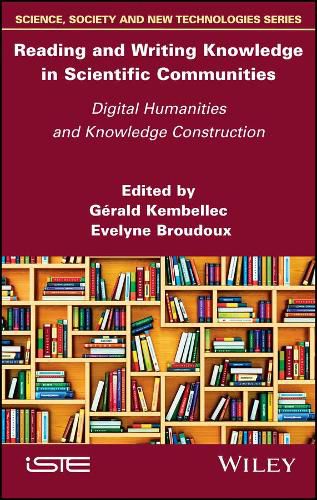Readings Newsletter
Become a Readings Member to make your shopping experience even easier.
Sign in or sign up for free!
You’re not far away from qualifying for FREE standard shipping within Australia
You’ve qualified for FREE standard shipping within Australia
The cart is loading…






Practices associated with the culture of scholarly reading have been developed over many centuries and annotations themselves have become the subject of study, either as additional elements in connection with the original texts or as documents in their own right.
The first scholarly reading techniques, seen historically from the 12th Century onwards, combine reading and writing in a process known as lettrure, involving both attentive reading and commentary. The Internet has transformed this activity, adding technical layers that relate both to the reading and writing process as well as to the circulation of texts; their potential and effective augmentation, diffusion, and reception.
This book examines digitized reading and writing by focusing primarily on the conditions for the co-construction of scientific knowledge and its augmentation. The authors present numerous examples of studies and personal feedback concerning the intellectual process, open critical spaces, collaborative scholarly publishing, methods for the circulation and mediatization of knowledge, as well as the techniques and tools employed.
$9.00 standard shipping within Australia
FREE standard shipping within Australia for orders over $100.00
Express & International shipping calculated at checkout
Practices associated with the culture of scholarly reading have been developed over many centuries and annotations themselves have become the subject of study, either as additional elements in connection with the original texts or as documents in their own right.
The first scholarly reading techniques, seen historically from the 12th Century onwards, combine reading and writing in a process known as lettrure, involving both attentive reading and commentary. The Internet has transformed this activity, adding technical layers that relate both to the reading and writing process as well as to the circulation of texts; their potential and effective augmentation, diffusion, and reception.
This book examines digitized reading and writing by focusing primarily on the conditions for the co-construction of scientific knowledge and its augmentation. The authors present numerous examples of studies and personal feedback concerning the intellectual process, open critical spaces, collaborative scholarly publishing, methods for the circulation and mediatization of knowledge, as well as the techniques and tools employed.